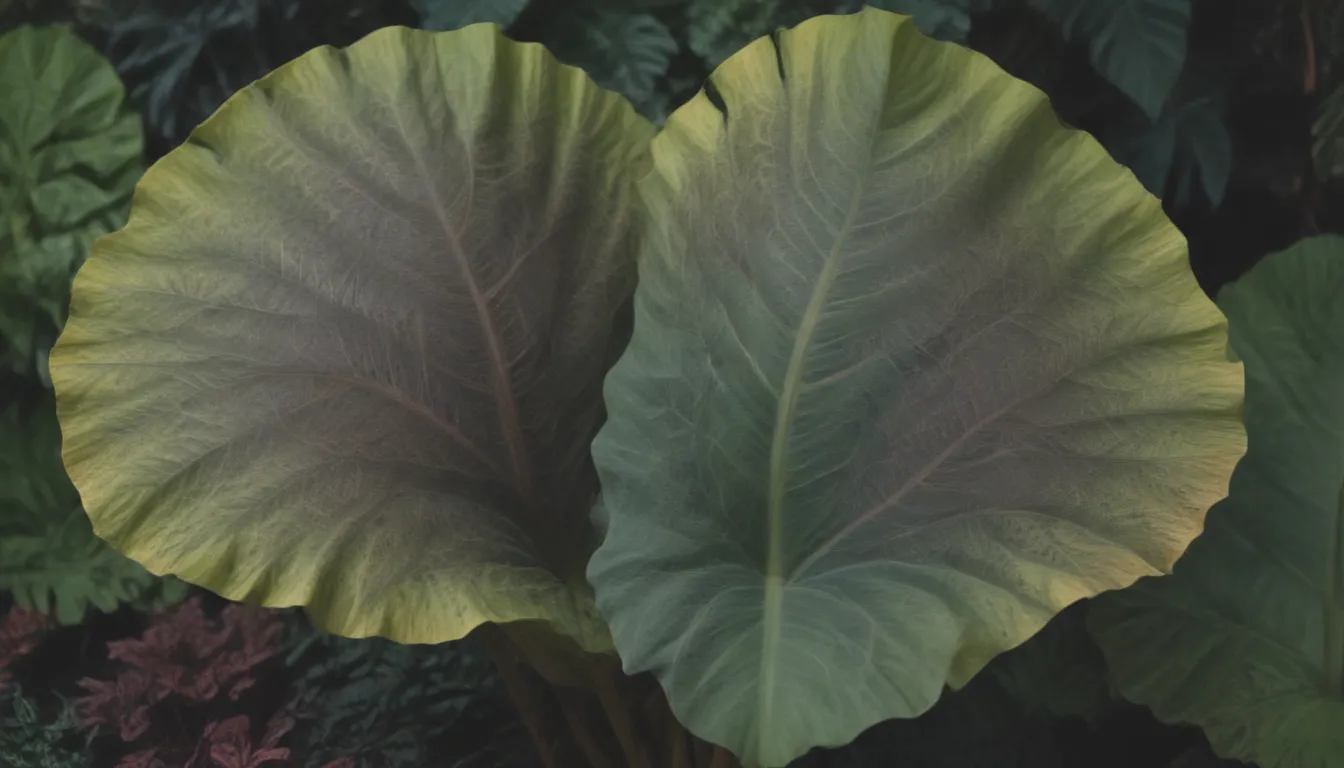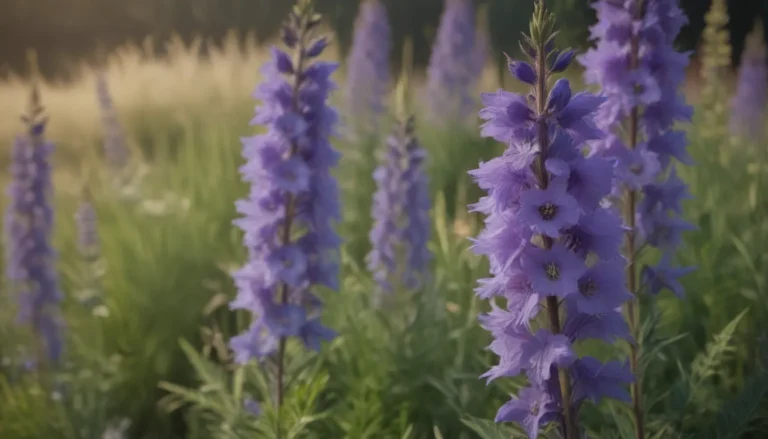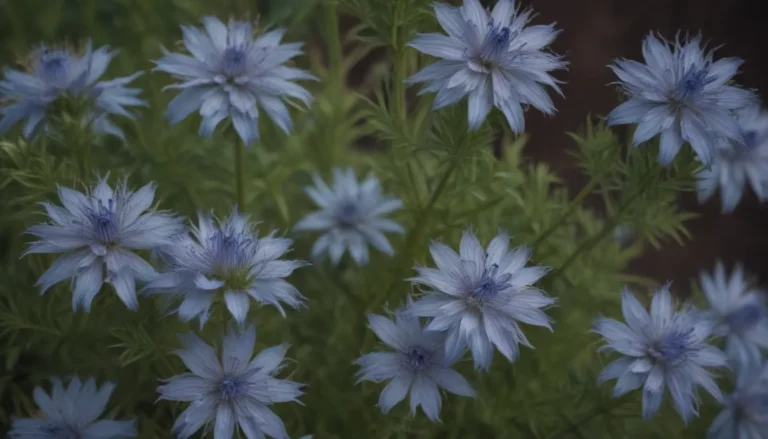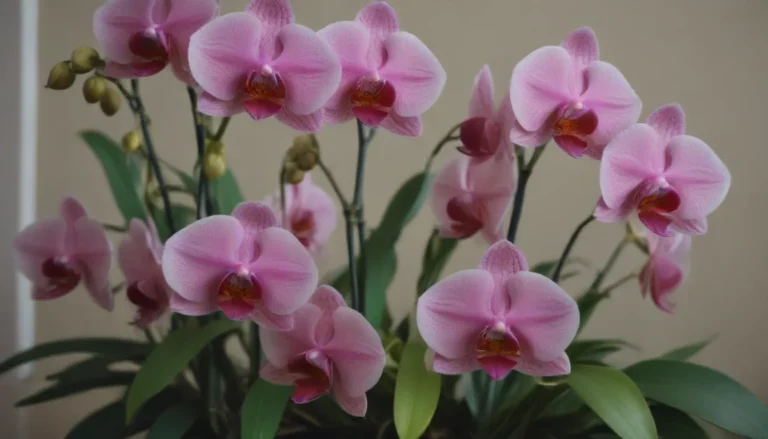The Complete Guide to Growing and Caring for Elephant Ear Plants

Welcome to the wonderful world of elephant ear plants! These tropical perennials are a favorite among gardeners for their lush, large leaves that add a touch of exotic flair to any space. Whether you’re a seasoned plant enthusiast or just starting out, this comprehensive guide will equip you with all the knowledge you need to grow and care for these stunning plants.
Elephant Ears 101
Before we delve into the nitty-gritty of caring for elephant ear plants, let’s cover some basics. These plants are members of the Colocasia, Alocasia, and Xanthosoma genus, each with its own unique characteristics. One thing they all have in common is their fast growth rate – elephant ears can reach their full size in just one growing season.
Whether you choose to grow them as houseplants or in your garden, elephant ears require a moderate amount of care to thrive. But fear not, with the right know-how, you’ll be well on your way to successfully growing these beauties.
Elephant Ears Care
Here are the key care requirements for growing elephant ears:
- Light: While elephant ears can tolerate full sun, they thrive best in partial shade or dappled sunlight. Varieties with darker leaves may require more sun to maintain their color. When grown indoors, place them in a bright spot with indirect light to avoid leaf burn.
- Soil: Elephant ears prefer rich, humusy, slightly acidic soil that is moist but not soggy. Work in compost before planting to ensure the right soil conditions. These plants are perfect for boggy areas, marshes, and water gardens.
- Water: As wetland plants, elephant ears need a lot of water. Keep the soil consistently moist but not waterlogged, especially when grown in containers. Aim to water daily or even multiple times a day to keep the soil moist.
- Temperature and Humidity: Elephant ears are tropical plants and thrive in temperatures above 70°F during the day and 60°F at night. They require high humidity levels, making them unsuitable for hot, arid climates. Increase indoor humidity by misting the plants regularly.
- Fertilizer: Elephant ears are heavy feeders. Apply a high-nitrogen fertilizer every two to three weeks during the spring and summer to promote healthy growth.
- Pests to Watch: Keep an eye out for aphids, mealybugs, and spider mites, as these pests are known to target elephant ear plants. Use horticultural soap to prevent infestations.
Types of Elephant Ears
There are numerous varieties of elephant ear plants to choose from, each with its own unique charm. Here are some popular varieties from the Colocasia, Alocasia, and Xanthosoma genus:
- Colocasia:
- C. gigantea ‘Thailand Giant’
- C. esculenta var. antiquorum ‘Illustris’
- C. esculenta var. antiquorum ‘Black Magic’
- C. esculenta ‘Blue Hawaii’
- C. esculenta ‘Mojito’
-
C. ‘Coffee Cups’
-
Alocasia:
- A. x amazonica
- A. amazonica ‘Polly’
- A. zebrina
-
A. reginula ‘Black Velvet’
-
Xanthosoma:
- X. ‘Lime Zinger’
- X. sagittifolium
- X. lindenii
Pruning and Propagating Elephant Ears
To keep your elephant ear plants healthy and thriving, it’s important to regularly prune them and propagate them when needed.
-
Pruning: Remove browning leaves throughout the growing season to make room for new growth. If you’re growing elephant ears in a cooler climate, cut back the plant in the fall to prepare it for winter survival.
-
Propagating: The most common way to propagate elephant ears is by dividing the tubers. Avoid propagating from seeds, as the resulting plants may not be true to the parent plant.
Potting and Overwintering
If you’re growing elephant ears in containers, proper potting and overwintering techniques are crucial for their health and longevity.
-
Potting: Use large pots with good drainage and fill them with a mix of potting soil, vermiculite, and perlite to ensure proper drainage and nutrient retention. Water container plants more frequently than those in the ground.
-
Overwintering: In colder climates, dig up the tubers before the first frost and store them in a cool, dry place until spring. Replant the tubers once the soil warms up to ensure their survival.
Common Pests and Plant Diseases
Despite their resilience, elephant ear plants are susceptible to a few common pests and diseases that you’ll want to keep an eye out for.
-
Fungal Leaf Blight: The most common disease affecting elephant ear plants, fungal leaf blight can be identified by lesions that ooze fluid and discoloration on the leaves. Promptly remove infected leaves to prevent the spread of the fungus.
-
Pythium Rot: This soil-borne disease is often caused by overwatering and can lead to yellowing and decay of the plant. Discard infected plants and soil to prevent the spread of the disease.
-
Spider Mites: These pests can wreak havoc on elephant ear plants, causing yellow or brown spots on the leaves and stunted growth. Wash the plant with a strong stream of water or use insecticidal soap to eliminate spider mites.
Common Problems and Solutions
While elephant ear plants are relatively low-maintenance, they can still encounter a few issues that may affect their growth and appearance.
-
Leaves Turning Yellow: Yellow leaves may signal a need for more or less sunlight, water, or fertilizer. Trim yellow leaves and adjust care accordingly.
-
Drooping Leaves: Drooping leaves may indicate light, water, or fertilizer imbalances. Use stakes to support the plants and adjust care as needed.
-
Stunted or Pale Leaves: Deformed or pale leaves suggest a lack of nutrients, light, or water. Move the plant to a better location and adjust care to promote healthy growth.
-
Wilting: Wilting can be a sign of too much sun and not enough water. Move the plant to a shadier spot and increase watering frequency as needed.
In conclusion, elephant ear plants are a stunning addition to any garden or indoor space. With the right care and attention, you can enjoy these tropical beauties year-round. Whether you’re a seasoned gardener or a newbie, growing elephant ears is a rewarding experience that’s sure to bring a touch of the exotic to your home.





